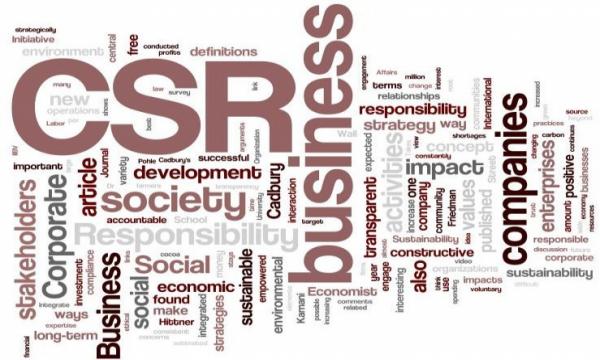If you ask a room full of business professionals for a definition of Corporate Social Responsibility (CSR), you’re likely to get several different answers.
An evolving concept for the last few decades, definitions of CSR can range from a company that promotes environmentally-friendly policies, products, and practices to a small business that runs a weekend car wash to support a local charity.
For many companies, the biggest question is whether a CSR program should contribute to the bottom line, and whether a company can—or should—see a PR benefit by self-promoting their efforts.
Authentic, philanthropic CSR
As the economy continues its recovery, authentic CSR—often defined as a company’s Community Relations program—is seeing a resurgence. Somewhat driven by Millennials, who have a strong connection to volunteerism and charitable giving, CSR has shifted focus from good spin to doing good works, and both companies and communities are seeing the benefits.
But many companies struggle to sustain a CSR program beyond an event or two, as well as how to talk about those activities without being insincere. Audiences today are savvy, and they can spot self-serving spin a mile away.
So how do you make it worth the effort? From good old-fashioned elbow grease to donating a percentage of the bottom line, authentic, philanthropic CSR can take many forms.
Some tips:
Ensure the program is wrapped in to your company’s bigger strategic goals. Random, one-off projects that don’t have a bigger picture place in your organization are less likely to see sustained impact and can become more of a chore. Establishing a positive workplace environment that helps attract and keep top talent should be a fundamental HR imperative for any company, so as a starting point, ensure your CSR program is tied in to those corporate objectives.
Engage a cross-functional team to run the program. Only the very largest companies have dedicated CSR staff. A workgroup with staff from throughout your company ensures you’re leveraging different areas of expertise and that you can divide and conquer.
Be thoughtful. Engage that cross-functional team in the task of selecting the programs you’ll support. While it’s certainly appropriate for business owners to support their favorite personal causes, let your company’s choices be a reflection of both your corporate environment and the collective personality of your team. What’s right for each company will be different, and tapping in to the ideas of the whole team will help drive consensus, minimize sensitivities, and keep your program active and thriving.
Do your research. Utilize tools such as Charity Navigator and other trustworthy sources for information on the organizations you’re looking to support. Ensure your good works are supporting good causes.
Engage externally, authentically. Being authentic with your good works doesn’t mean your efforts are top secret. Use your social media and PR channels to promote the organization and events you’re helping and encourage staff to do the same. You’ll find that your employees will also engage and spread the word for your worthy cause and your community. The PR is genuine, and audiences will know that. When done with the right focus, it’s great to be a part of the conversation.
This article was taken from here.

